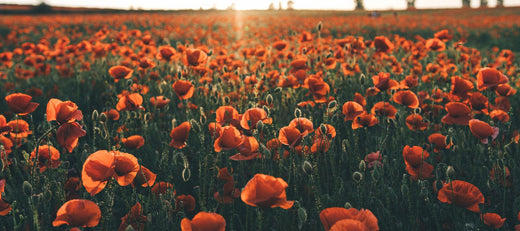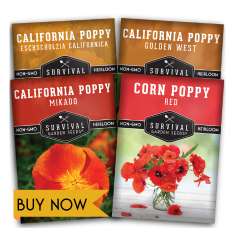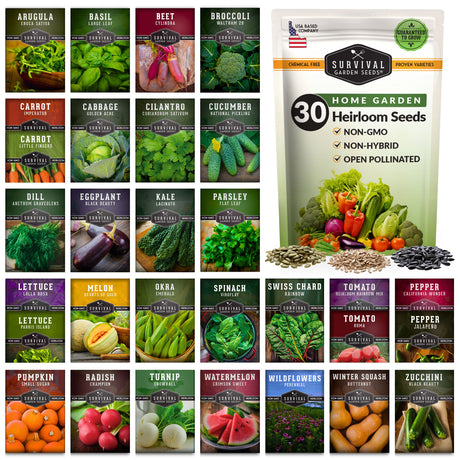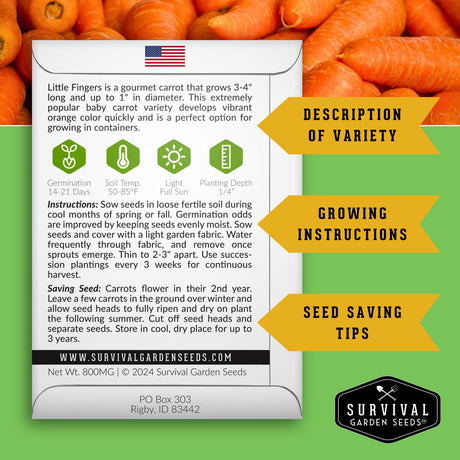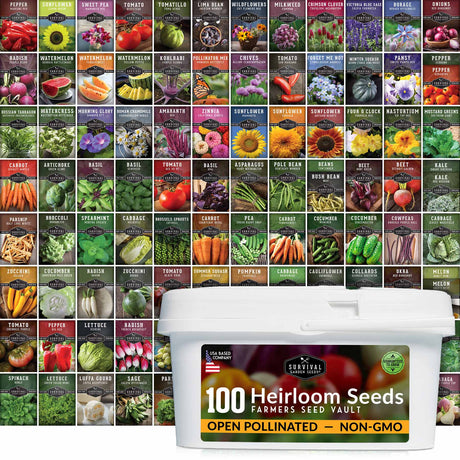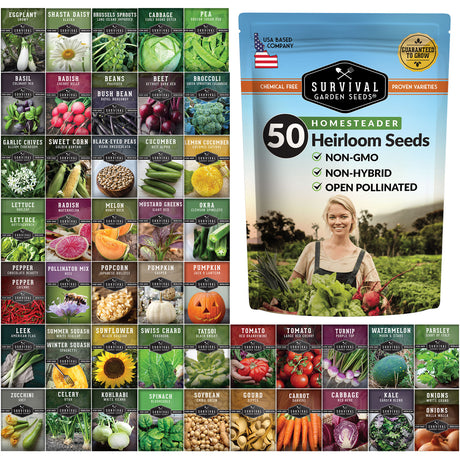This weekend, at the local farmer’s market, I stopped by a booth with locally grown, fresh flowers for sale. Since it’s early March, the pickings are slim—even in my warm Alabama climate. However, almost every bouquet featured some bright, cheery Poppy flowers. I overheard the farmer tell a customer, “Oh yes, Poppies love this cold, wet, rainy weather we’ve been having! They’ll die off once it gets hot.” Of course, that farmer is right—Poppies generally don’t fare well in harsh Alabama summers. Although some Poppies, like California Poppies, can thrive most of the summer, that’s because they are growing in cooler coastal areas where they can withstand the summer temperatures.
California Poppy
These wildflowers are native to the western US and Mexico. They’re very drought tolerant (and low maintenance, too). If you’re not aware, this year California is expecting another “superbloom” of California Poppies, thanks to the unusually wet rainy season of 2023-2024. The California State Parks system is gearing up in advance, begging the public to stay on the trails and take only photos to lessen the damage to the local terrain. They hope to spread this message before massive wildflower blooms transform the desert terrain into a landscape dominated by golden and orange California Poppies.

We carry three varieties, starting with the standard California Poppy, the wild form of Eschscholzia californica, with its bright orange flowers. This is the wildflower that will dominate the California landscape from spring to early summer. We also have reddish-orange Mikado California Poppies, with deep, saturated coloring. And lastly, we carry the “Golden West” California Poppy, with its yellow flowers. All three have the same drought tolerance and easy growth habit, making them an excellent choice for your garden. These flowers are perennials in their native range, but if your climate is harsh, it will behave as an annual. It does self-seed easily, though, so you can enjoy it year after year.
Corn Poppy
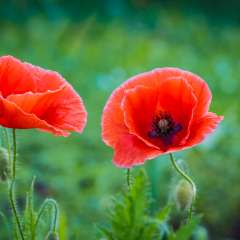
You may know Corn Poppies by the name Flanders Poppy or field Poppy – or maybe even the botanical name Papaver rhoeas. This European wildflower has bright red petals with a black dot at the base, and is an annual that easily self-seeds. It is also a breeze to grow, cropping up easily in farmland and disturbed soil (and giving it the common name “Corn Poppy”). This flower has a historical significance, symbolizing the remembrance of soldiers who died during wartime. That’s why some call it “Flanders Poppy”—it’s associated especially with World War I and the battlefields in Flanders.
Oriental Poppy
Perennial Oriental Poppies (Papaver orientale) are showy, with large, elegant flowers that are 3-4” across and deep purple eyes in the middle of the flower. Oriental Poppies have hairy leaves and stems that make them look distinct from other Poppies, even when they’re not blooming. These flowers are native to Caucasus, northeastern Turkey, and northern Iran, so they also thrive in temperate settings. They’ll die back or go dormant during summer’s heat. They might reemerge in fall, or you may have to wait until Spring for a reprise of their beauty.
Growing Poppies from Seed
All sorts of gardeners all over can enjoy growing Poppies, since they’re so easy to grow and adapt well to many different conditions and climates. Sow Poppy seeds directly into well-drained soil in a sunny location in late fall or early spring. Press them into the soil tightly but barely cover them, because the seeds need light to germinate.
California Poppies will thrive in dry, poor soil and have superior drought resistance. However, both Corn and Oriental Poppies prefer a little bit more TLC, requiring regular watering and fertile soil to truly thrive. Oriental Poppies also need a little bit of extra room, as these perennials will spread out over time. Avoid overwatering all Poppies to prevent root rot. The brightly colored flowers will attract some activity to your garden, as bees especially love pollen-rich Poppies and birds enjoy the seeds. Avoid chemical pesticides and herbicides to ensure these flowers are safe for these friends to dine on.
It doesn’t take a lot to grow Poppies of any type, and they’ll reward your efforts with dazzling displays in the cooler months when other flowers are either just waking up or are already finished for the season. They also support local wildlife during the cool season, which means they’re a win for everyone! Try adding these low-maintenance, easy-to-grow flowers to your garden and reap the rewards!
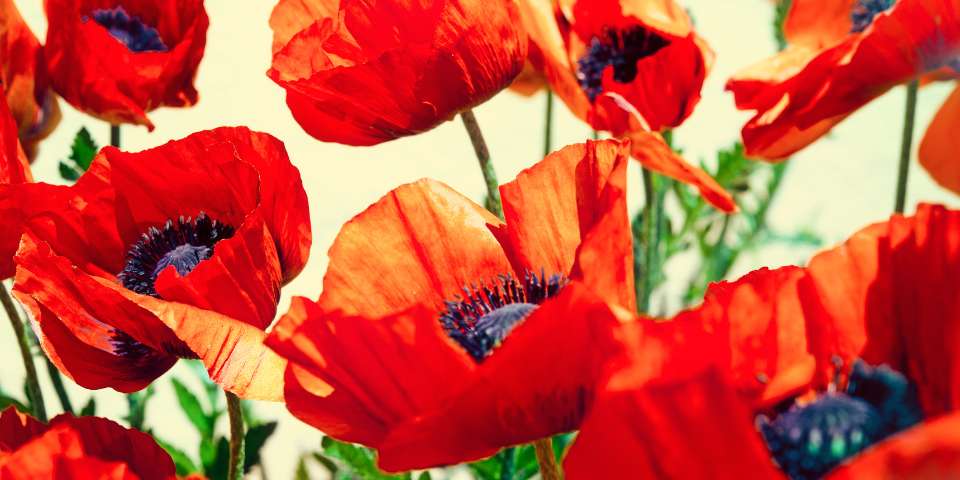
Oriental Poppies







